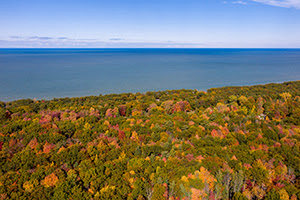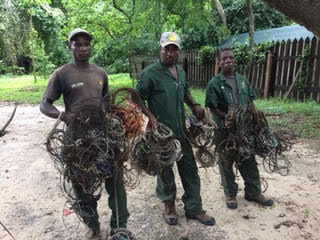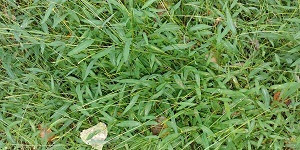Michigan DNR seeks input on dedicated project boundaries, part of 2013 land strategy implementation

As part of the implementation of its managed public land strategy adopted in late 2018, the Michigan Department of Natural Resources has been reviewing and revising – and now is seeking public input on – dedicated project boundaries around state forests, game and wildlife areas, parks and recreation areas.
| These boundaries, mapped in 2004, serve as a guide for public land ownership and include current state-owned land and privately owned land that would be a priority for the DNR to acquire in the future if it becomes available for sale.
Proposed changes to dedicated project boundaries are available for public review and feedback via an interactive online map at Michigan.gov/PublicLands. Comments will be accepted online through Nov. 30 and at the Dec. 10 Natural Resources Commission meeting. “Having defined boundaries around DNR lands allows us to focus on priority areas for public land ownership now and into the future to ensure quality recreation opportunities and protect Michigan’s unique features and resources,” said Scott Whitcomb, senior advisor for wildlife and public lands. “By periodically re-examining and redefining those boundaries, we are able to manage public land more effectively and efficiently, easily recognize ownership boundaries and reduce conflicting land uses.” A final decision on dedicating project boundaries is expected to be made by the DNR director at the December NRC meeting. Read more |







